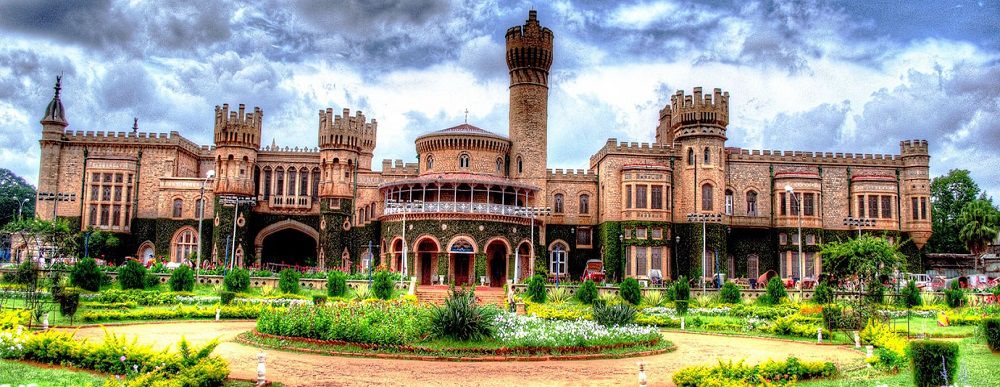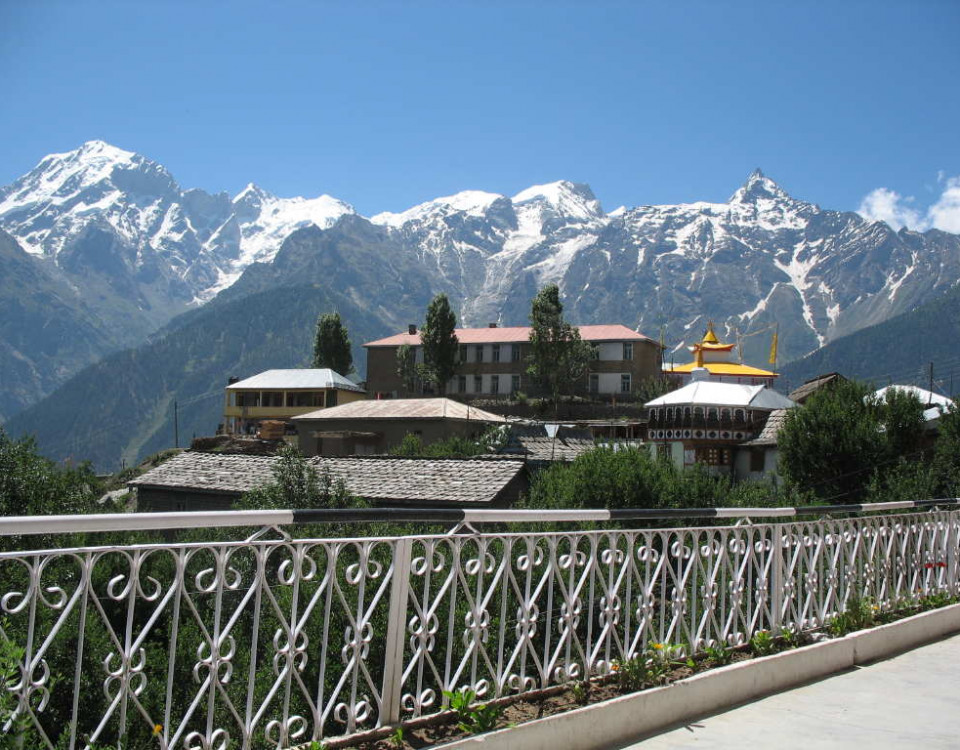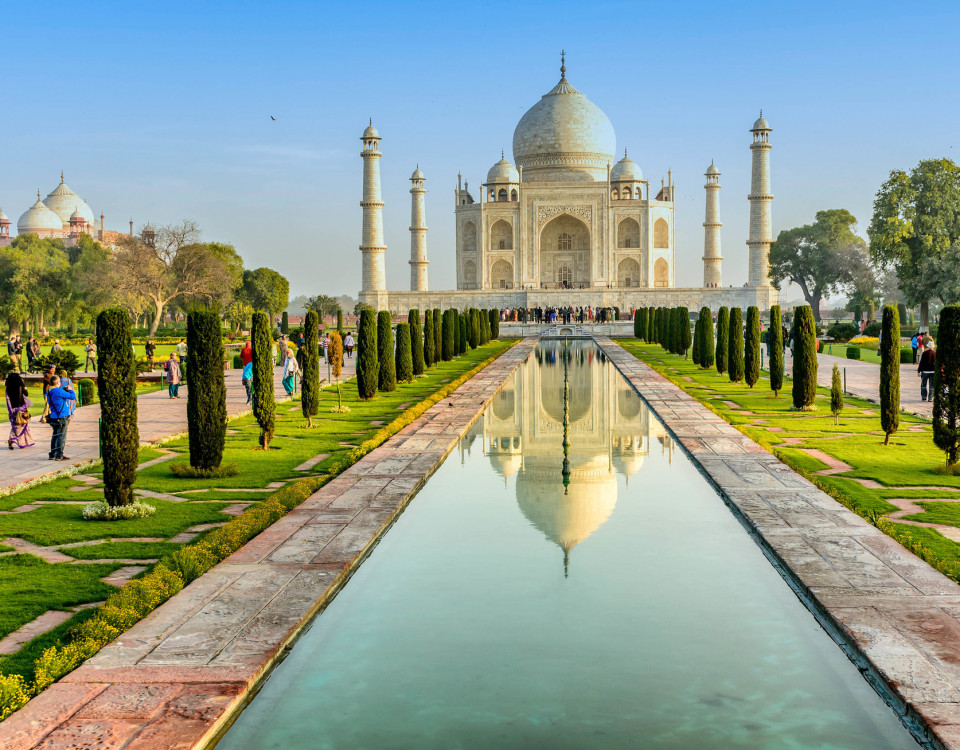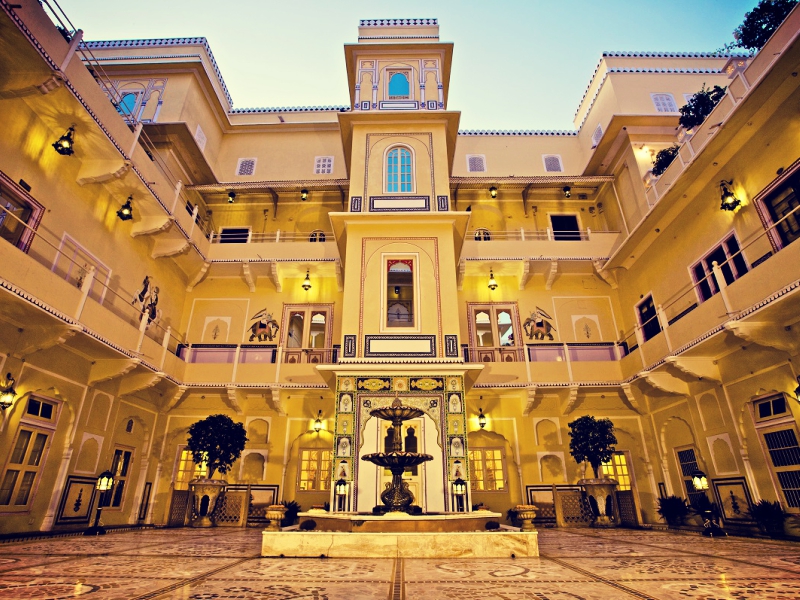Weekend getaways from Bangalore
Weekend getaways from Bangalore
Bangalore has evolved to be the home of the globetrotters and a haven for tourists for its inimitable weather and its connectivity with many major towns, cities and other popular destinations. From majestic heritage sites to serene hill stations to daunting wildlife sanctuaries to surf-hitting shores; the weekend getaways from Bangalore has a variety on the menu. Adding on to it, there are a whole lot of destinations to be explored within a radius of 300 kilometres from Bangalore and thus, a short drive can land you away from the hustle-bustle life of Bangalore. Here’s what we think are some of the most popular weekend getaways you can choose from. So fancy escaping Bangalore? Then what are you waiting for… the escape is nearer than you think… fill up your tanks, turn on the stereo and hit the road or simply book a bus ticket!
1 Mysore
Mysore being the oldest city of Karnataka has a royal charm tagged in every facet as it has served as the royal residence to the mighty Wodeyar dynasty and the Sultans of Mysore. Until 1947, Karnataka was addressed as the Mysore state and is called the ‘City of Palaces’. Mysore, the cultural capital of the state celebrates Dussehra for ten days (Navaratri) with lot of pomp and grandeur and attracts many foreign tourists during this time. Mysore Dussehra is a royal festival that marks the victory of truth over evil and the legend says that it is celebrated to mark the victory of Goddess Chamundi who killed the demon Mahishasura. The whole city is lit up for ten days and has a festive look to it.
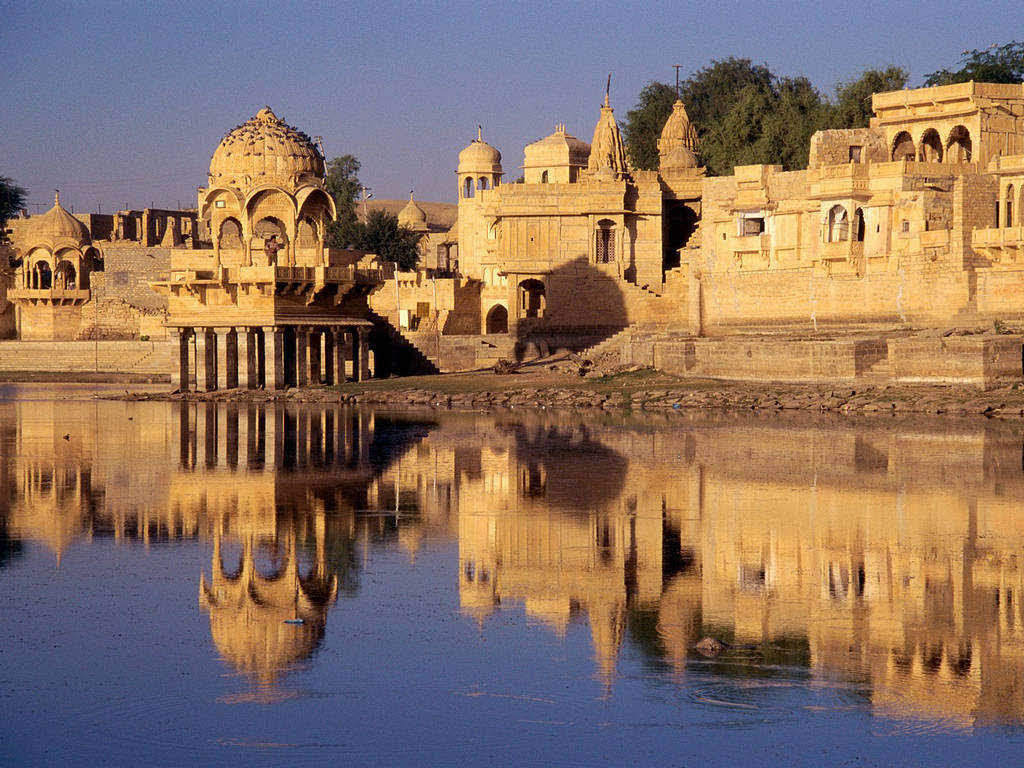
The Dusshera festival was initially stated by the Emperors of Vijayanagar during 15th century and was passed on to Mysore Kings, the then subordinates of Vijayanagar kings, during 16th century. The year 2010 marked the 400th year of the commencement of Dusshera. Dussehra is observed as a “Nadahabba- the State festival” and royal family of Mysore performs auspicious poojas and rituals during Dusshera. The major chunk of attraction of Mysore Dusshera is the JambuSavari – the procession that carries the idol of Goddess Chamundeshwari in the golden howdah on top of an ornamented elephant. The Mysore palace is the epic centre of all the major events and the procession begins from the Palace and ends at Banni Mantapa grounds. The majesty attraction of Mysore is the Mysore palace and the current palace was built in 1912 and is richly festooned with intricate carvings, paintings and antiques made of gold, silver, and ivory from all round the world and are as old as 900 years. Do hire a tour guide just to make sure your visit is worth it! Other must see attractions of Mysore include Lalit Mahal Palace, Brindavan Garden, Jagmohan Palace and Art Gallery, Chamundi Hills, St. Philomena’s Church and Mysore Zoo.
2 Belur & Halebidu
Belur, the then capital city of the mighty Hosyala Empire, and Halebidu being the extension of the empire (earlier known as Dwarasamudra), are the popular twin-tourist attractions of Karnataka and is an affair to the heritage lovers. The temples of Belur and Halebidu are one of the finest examples of the south Indian architecture and is said to be built under the supervision of the illustrious architect Amarashilpi Jakanaacharya by the Hoysalas. The Chennakeshava Temple at Belur and Hoysalashwara Temple at Halebidu share the same style of architecture. The Chennakesava temple complex being the major attraction of Belur is devoted to Lord Chennakesava and was built by King Vishnuvardhana in 1116 AD. The legend says that it took nearly 103 year to complete and Vishnuvardhana’s grandson Veera Ballala II completed the task. The Channakeshava temple is one of the earliest built temples on a star podium and is an architectural grandeur of erstwhile era. The Prabhavali (archway) of Channakeshava idol has a beautifully carved Dashavatharas of Vishnu and with other Indian mythological epics. The temple consists of a Garbhagriha (sanctum), a Sukhanasa (Vestibule), and a Navaranga (the central hall). The exteriors of the temple has a series of tiers in the bottom that are brilliantly festooned with minute sculptures where the lower tier has a series of elephants symbolizing strength, the middle tier that has a series of lions that depict the Courage and the top most tier that has series of horses portraying speed of the empire. The upper portion of the exteriors has beautiful sculptures comprising of decorative fresco, dancers in small niches, female sculptures in between the pillars, and episodes of Ramayana and Mahabharata in various forms and poses. The temple is famous for the “Shilabalika” – the statue of women carved in stones and has unique names for each.
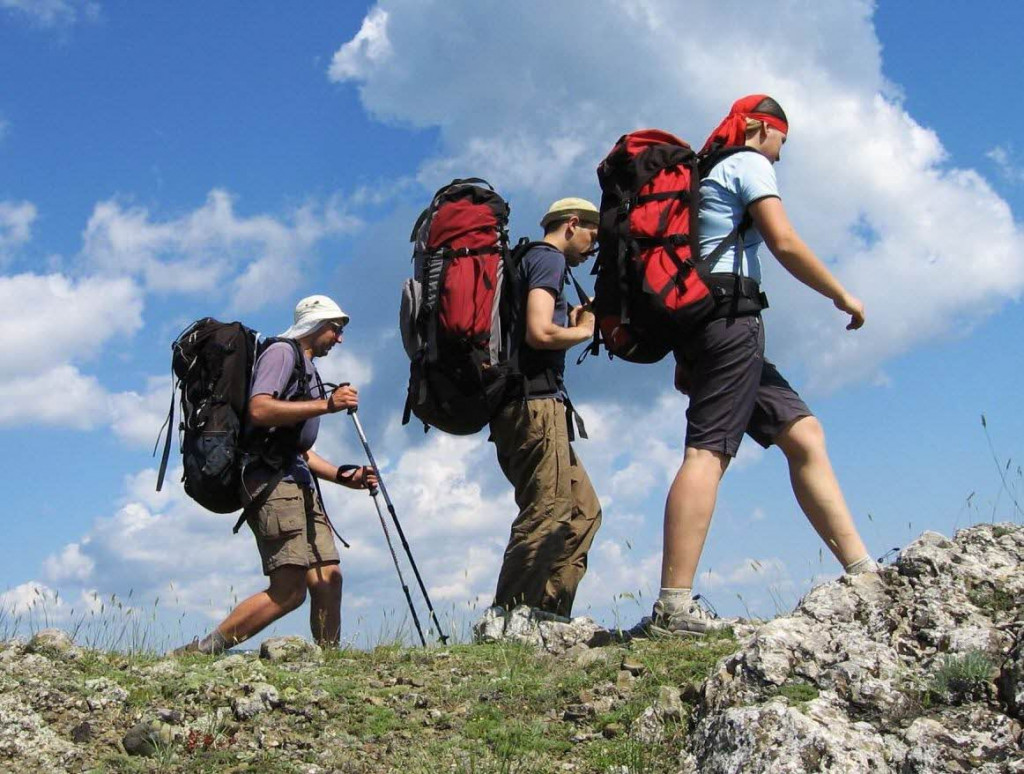
The “Shuka Bhashini – a lady talking to a parrot”, “Darpana Sundari – a lady with a mirror” and many such can be seen here. The warrior, killing a horned lion with his sword is the emblem of Hoysala dynasty that portrays the courage and strength of the empire, is also seen here. The temple in Halebidu is built on a double plan (Dvikuta Vimana) and looks almost like two temples joined together. The temple complex has shrines of Hoysaleshwara and Shantaleshwara, named after the temple king Vishnuvardhana Hoysala and his beloved wife Queen Shantala Devi. It is said that the beauty of Shantalata Devi, queen of Hoysala inspired the sculptresses to make these scintillating sculptures.The huge temple complex with two shrines decorated intricate carvings, two Monolithic Nandi statues took almost 190 years to complete and the two sanctums are connected by a corridor each consisting of a large portico and these temples are monumental extravaganza and are richly endowed with finest of the details on stone. Do not forget to gaze at the ceilings as these are intensely crafted with breathtaking designs. The Hoysala temples especially the temples of Belur and Halebidu are extremely embellished with intricate designs which have few similarities. Today these two sites have been affirmed to be a UNESCO World Heritage Site and attract large cowards. Visiting the Archaeological Museum in the town will be very informative and you can also get to see inscriptions on few of the walls on the temples that record the history of these towns from 13th century. Do hire a tour guide just to make sure your visit is worth it!
3 Bandipur & Nagarahole National Parks
Plunge into the treasure trove of wildlife and nature and unveil the green carpet and the wilderness of Bandipur and Nagarahole National Parks that comprise of the Nilgiri Biosphere Reserve separated by the roaring River Kabini. Nestled amidst the picturesque surroundings of the soaring Western Ghat Mountains of the Mysore and Ooty, Bandipur was once the Mysore Maharaja’s private wildlife reserve. The dense deciduous forests that envelop this area are the place to spot Asian Elephants and Tigers in one of the finest habitats. It is home to few of the rarest of the species like Four Horned Antelope, Panther, Sloth Bear, Python, Mouse Deer, Pea Fowl and many more. Bandipur National Park also has a major Tiger and Elephant reserve and has more than 80 tigers and 5000 Asiatic elephants. Other inhabitants include sambhar, chital, mouse deer, four-horned antelope, wild dogs, wild boar, jackal, sloth bear, panther, malabar squirrel, porcupines and the black-knapped hare and jungle fowl and green paragon are found in abundance.The place also attracts many exotic birds and hence is a haven for bird watchers. More than 200 species of birds that include grey jungle fowl, red spur fowl, hawk eagle, serpent eagle, parakeets, woodpeckers, scarlet minuets, Blue-bearded bee-eaters, scarlet minivets, Malabar whistling thrushes, common ospreys, herons and ducks and many other species of birds can be spotted in this park. The park also has too many observation towers that will help you to have a closer look at the wildlife inhabit in it. The jungle also houses some of the exotic trees that include Bamboo, Sandalwood, teak, Honne and Mathi. Nagarahole, the once erstwhile hunting reserve of the former rulers of Mysore State is one of the sought after places for wildlife safaris and is full of adventure.
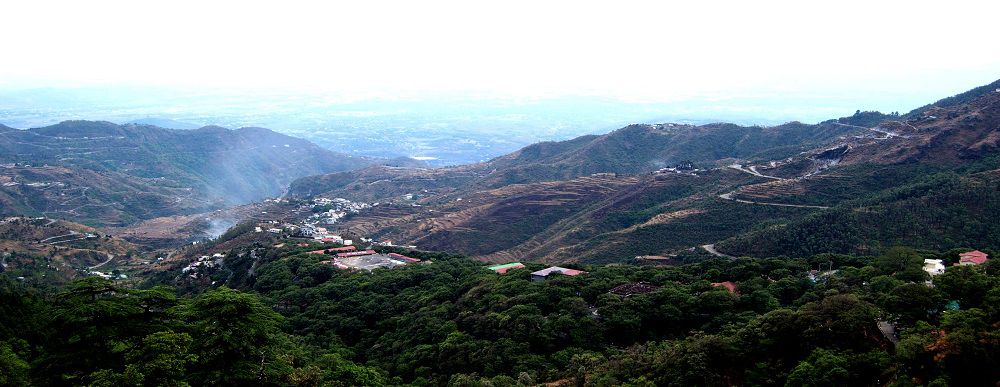
The wildlife sanctuary was established in the 1955 and was declared as a national park in the year 1988. The pristine Kabini River separates the Nagarahole National Park from Bandipur National Park. Apart from Kabini, Lakshmana and Teentha rivers also flow in the vicinity and these rivers have their names mentioned in the great epic of Ramayana. This national park that spreads across Kodagu District and Mysore District of Karnataka comprises of densely packed deciduous trees with a canopy of minimum 30m in height that spreads across an area of 643 square kilometres. The forest is stuffed with lush greenery, myriads of waterfalls, temples that date back to Ramayana era and exotic flora and fauna. Tigers, leopards, sloth bears and wild dogs are largely seen. Spotted deer, sambar, barking deer, four-horned antelopes, wild boars and elephants make up the herbivores family and it’s so thrilling to spot elephants in their natural habitat. Common langoor, Bonnet macaques, jungle cats, slender Loris, leopards, civet cats, mongoose, common otters, giant flying squirrels, porcupines, jackals, mouse-deer, hares and pangolins can also be spotted in their natural habitat at its best.
4 Chikmagalur
Chikmagalur which literally mean “the Town of Younger Daughter” in native Kannada is a part of the Malnad region that is considered to be the hilly wetlands of the state. The legand says that this town was offered as a dowry to the younger daughter of Rukmangada, the legendary chief of Sakrepatna and hence the name Chikmagalur. And as you guessing, there is indeed a town called Hiremagaluru which means “The town of the elder daughter” and is about 5 kilometers from Chikmagalur city.The district has huge coffee estates and is the coffee capital of Karnataka. This place is one of the sought after holiday destination in the state, all thanks to the beautiful vistas and unpolluted serene ambiance! Kemmangundi, the luxuriant hill station with many charms like the Rose Garden and beautiful waterfalls is just few kilometres away from Chikmagalur. The Hebbe fall located 8 kilometres from Kemmangundi is yet another picturesque water falls in the vicinity. Wonderfully manicures gardens & panoramic vistas of this hill station -Chandra Drona Parvatha (as they look like crescent moon), are located in the hill ranges of Baba BudanGiri and is the home to the Karnataka’s tallest peak Mullayanagiri. Mullayanagiri, located at an altitude of 6300 feet above the sea lever, the view from this place looks striking. The serene ambiance, rejuvenating weather, thick wilderness and the beautiful vistas will surely invigorate and revive your spirits. The Baba BudanGiri mountain ranges located 28 kilometres from the town of Chikmagalur is named after Muslim Saint Baba Budan. The legend says that the origin of coffee dates back to 16th century when Baba Budan, a revered Muslim man who when to Mecca discovered the marvels of coffee and smuggled few coffee beans while his way back to India. He settled on the slopes of Chandra Drona Parvatha and started cultivating coffee here. You’ll also get see his tomb even today. The Hindu God Guru Dattatreya temple is also seen here and this place is scared for both Hindu and Muslim.
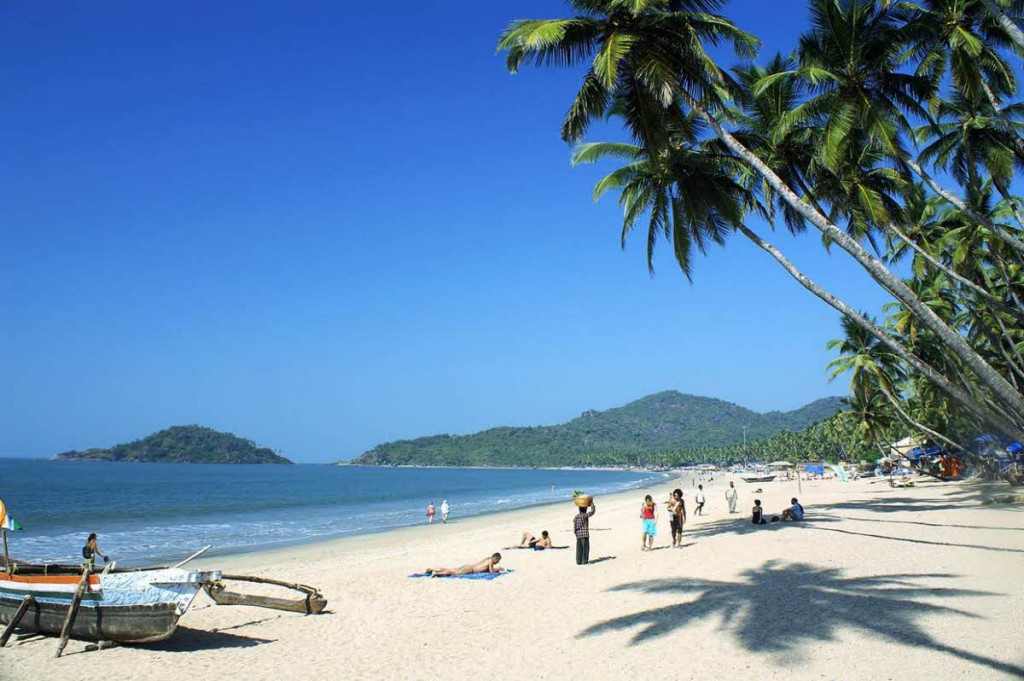
The Bhadra Wildlife Sanctuary is yet another must-see place of Chimagalur and is well known for its lofty mountains, flora and fauna. These mountain ranges are home to more than 120 species of trees including Teak, Rosewood, Mathi, Honne, Nandi, Tadasalu and Kindal. The aroma of unspoilt air, the chirping of birds & the sounds of gurgling streams are thoroughly welcoming! Peacock, Parrot, Partridge, Pigeon, Munia Bee eaters, grey junglefowl, red spurfowl, painted bush quail, emerald dove, southern green imperial pigeon, great black woodpecker, malabar parakeet and hill myna, the ruby-throated bulbul, shama, malabar whistling thrush, four species of hornbill, racquet-tailed drongo, blackwinged kite, king vulture, great horned owl, great pied hornbill, Indian tree pie, black napped flycatcher, open billed stork and many other unusual species of birds can be spotted here. The most ferocious vine snake, king cobra, common cobra, Russell’s viper, bamboo pit viper, rat snake, olive keel back, common wolf snake, common Indian monitor, draco or gliding lizards and marsh crocodiles can also be seen. Kondadarama Temple is yet another must see place where you get to see a blend of Hoysala and Dravidian styles of architectures.
5 Coorg
Coorg, popularly known as “the Scotland of South India”, is a township located at an altitude of 1525m above the sea level. The chilly weather, the undulating landscapes, rosewood trees, aromatic coffee estates, gushing rivulets and their cuisine (of course!) will make your stay more pleasant. Pristine trekking trails, picnic spots, waterfalls, wildlife, woods, forests, valleys and yes… there’s so much to indulge and soak up with! Situated at an altitude of 1,525 metres, Madikeri, the capital of Coorg, has few a few nice bazaars, quaint houses with red-roofs and private coffee and spice estates. There are quite a few places to hangout in and around Coorg. Tibetan Colony in Bylekuppe near Kushalanagar, 30 kilometers from Madikeri, is said to be the largest Tibetan Settlement in the whole of South India and have many significant monasteries and you’ll get to see gold coated Buddhist statues that portray rich cultural legacy of Buddhists.
The Namdroling Monastery is the popular monastery that was built in the 1963 and the locals call it the Golden Temple. You’ll get to see more than 5000 monks in bright yellow robes chanting Buddhist hymns and the pagodas are incredibly festooned with frescos and paintings and look picturesque. Do try to savour some authentic Tibetan food, specially the momos and noodle soup. If you’re looking out to unwind in the midst of nature, Cavery Nisargadhama is just that ideal place to be. Established in 1989, Cavery Nisargadhama that spreads over an area of 64 acres is stuffed with bamboo groves, sandalwood and teak trees and is utterly picturesque to spot wildlife in the midst of nature. Nisargadhama is an island situated in the vicinity of the Cauvery River and is connected by a hanging bridge to the mainland. You’ll get to spot Elephants, deer, rabbits and peacocks in this sanctuary. Boating and elephant riding and many such activity options are available.
Do visit Talacavery and Bhagmandala as this is the birthplace of River Cavery slopes of Brahmagiri Hill at an altitude of 1276m above the sea level and is considered a pilgrimage centre. Talacauvery being the birthplace of River Cavery, the main source of water for major part of Karnataka springs up at a particular time every year and is considered to holy to immerse in this tank. Major attraction here is the Bhagamandala – the confluence of three rivers Kaveri, Kanake and Sujyoti and the scenery around is breathtaking. Abby falls yet another most visited tourist destinations of Coorg is situated just 8 kilometres from the Madikeri town. The roaring sound and the tranquil ambiance of this place are extremely unwinding. Visiting Raja seat, Elephant Dubare and Omkareshwara Temple helps to understand the cultural, history and natural treasures of Coorg. Interestingly, the Coorgi culture, cuisine and lifestyle are completely in contrast to south India. Be it with their food or attire or norms, Coorg has its own charm to it and is completely different from any other tradition or state. Coorgis are known for their hospitality and valour and are born fighters and hail from military traditions and are considered to be courageous and brave and can be seen in top ranks in the Indian Army.
More tourist places around bangalore are listed here



